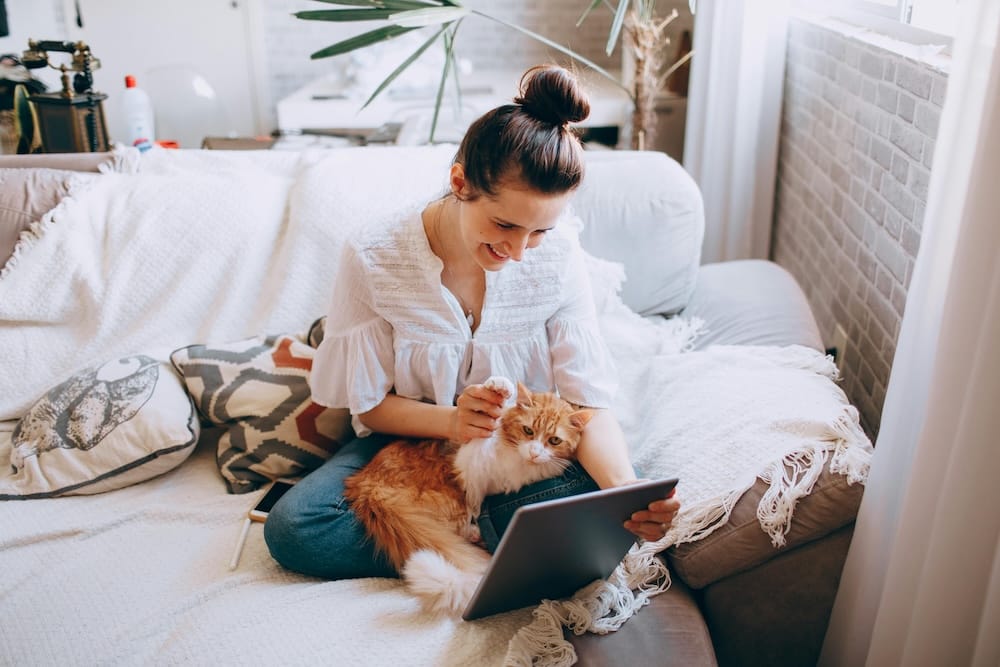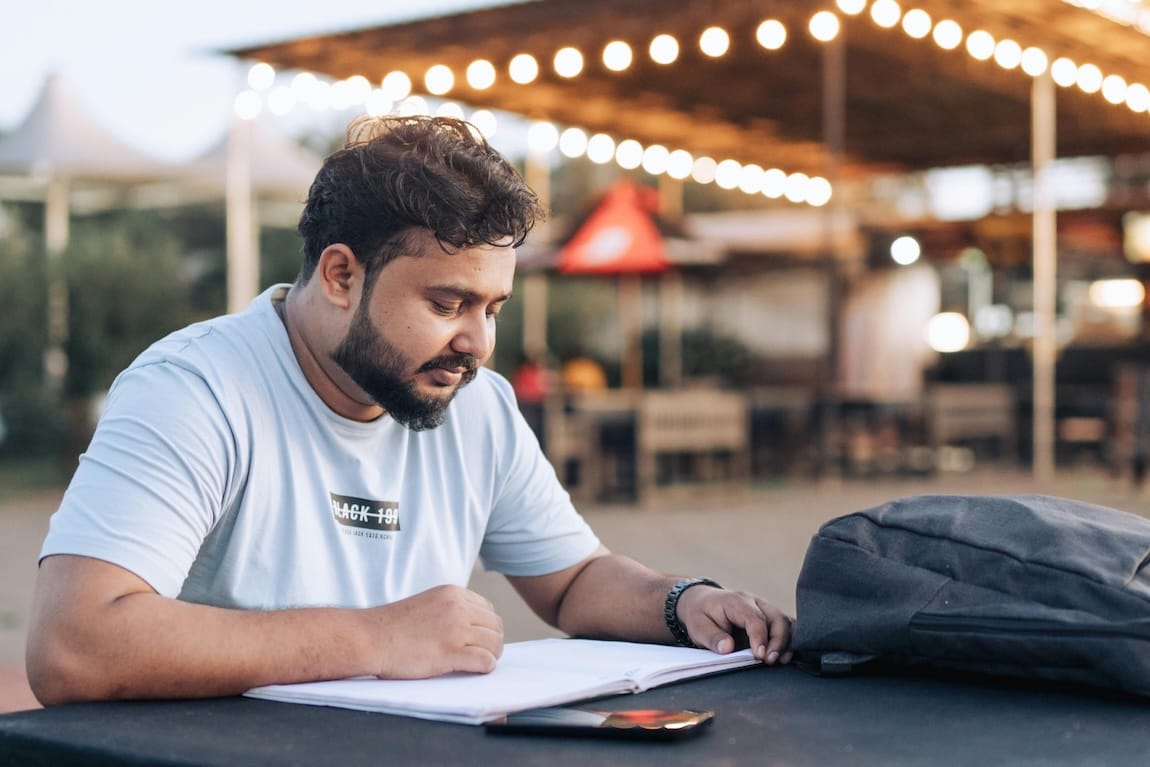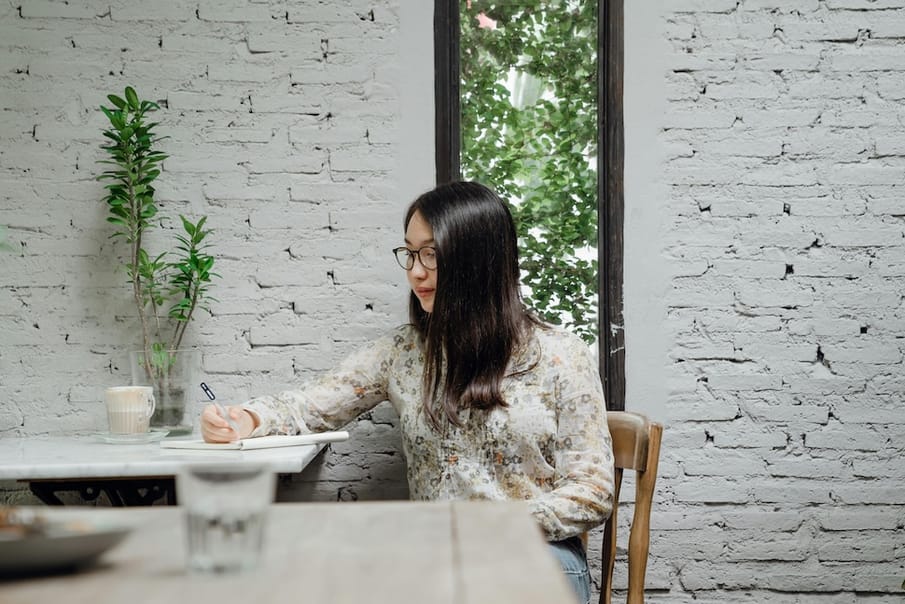Writer Caroline Butterwick tells us about how she finds sources of inspiration in her daily life, and how we can find inspiration ourselves
Sometimes, creativity can be about big ideas – writing an epic fantasy story, or painting a breathtaking landscape. It can be easy to think of creativity as something that can only be sparked by encountering a life-changing place or event. But, in reality, creativity can be found everywhere – and often, our day-to-day lives are a brilliant source of inspiration.
“We can use our everyday life to inspire creativity when we realise ‘creativity’ is everywhere!” says psychotherapist Clare Patterson. “We can see it in the floor rug, in the tassels on our cushions, the food we cook for dinner, and the plants we water in our homes.”
Clare cites how artist Vincent Van Gogh’s painting ‘The Chair’ takes an everyday object as its focus in a piece of art that’s still much-loved today. Many songs, poems, and sketches take emotions, places, or scenarios that are familiar to many of us, which can make them resonate with a wide audience while emphasising how extraordinary normality can really be.
Finding inspiration
As a writer, the everyday is a huge source of inspiration. When I think of articles to write, I often find it’s the things I encounter in my life that spark ideas, from reflecting on experiences I’ve been through and how this might help or be interesting to others, to the people I meet and the stories they tell.
“One practical tip to use everyday life to inspire creativity is to ask yourself ‘Why?’” says Clare. “Why is it you want to create? Is it to express a deep truth within yourself? Is it to mould the way you see things to make them more suited for life and the happiness of those around you?”
It might be that you enjoy the fun side of creativity. I am a firm believer that the songs I serenade my cat with are a form of creativity! OK, so I’m not going to start publicly broadcasting any tunes about his swishing tail and his perfect little nose (trust me, he’s beautiful), but there’s genuinely something so lovely about how he triggers my creativity in a playful way. I’m not a musician, yet I find myself coming up with lots of silly rhymes about him.

Also, as a writer, I could then use my cat as inspiration for articles. I would think about what it is that other people would find helpful to know about having a rescue cat, for example, or ways to keep your new pet calm as they settle in. I would think about what I have learnt in the few months I’ve had him, and what other people could find useful.
Chances are, there are lots of things in your life that would interest other people. There are so many creative ways of sharing this, from crafting a collage that explores gigs you’ve been to and photos of your favourite local nature walks, to artwork exploring experiences like living with anxiety.
If you’re feeling stuck, look around the room you’re in right now. What sights and sounds are there? What grabs your attention first? If you’re in your home, are there objects that are significant to you? What thoughts and feelings come up?
“Another practical tip to inspire creativity is to examine an object without labelling it,” suggests Clare. “Try this with something more natural to start with – a plant or (if it consents to be still long enough!) a cat or dog. Imagine yourself as a newborn baby with no language or words. Truly observe what you are looking at with no internal dialogue. You might find again that creativity flows quite naturally.”
Managing emotions
Using your experiences and life as inspiration can sometimes bring up challenging emotions. Self-expression and exploration can put you in touch with surprisingly difficult feelings. “It might be that we are tapping into parts of ourselves that we have long forgotten, or been out of touch with,” Clare explains.
“As children, we were naturally creative,” Clare adds. “We found inspiration for creativity everywhere. However, as we grew up, many of us tucked this spontaneous, playful, creative part deep within ourselves, and replaced it with timetables, exams, and structured career progression.
“When we sit with ourselves and let this ‘younger’, more natural part of us speak again, some feelings of loss, grief, or even anger, may arise. We yearn for this part of ourselves, and we may mourn its absence. However, if we continue to stay with it, coax it back into our daily adult lives, and begin to give it a voice or another form of creative expression, we will come to see it was never really lost at all. If this feels like a struggle, a good therapist can help.”

It can also be that the aspects of your life that have inspired you have difficult feelings or memories associated with them. If you’re writing poetry about an upsetting experience, it’s understandable that you may get tearful, even if you’re glad to be sharing this side of yourself.
If you find any difficult feelings come up when being creative, it can help to step away and do something different, like talking to a friend or going for a walk. Remember that you don’t have to share what you create, and that it’s OK to stop at any time.
Creative inspiration is all around us. Sketch the trees in a park, craft a clay sculpture of your favourite animal, and sing to your pet about how much you love them.


Comments